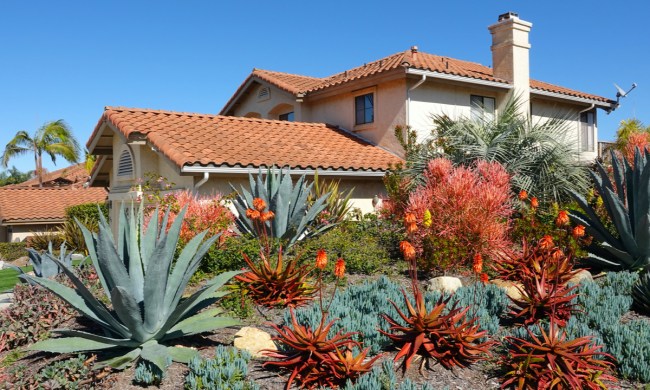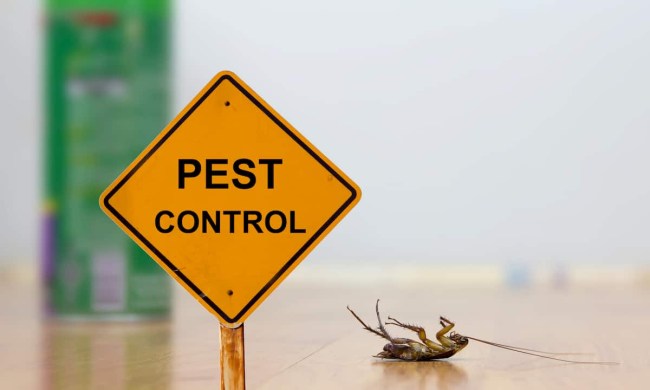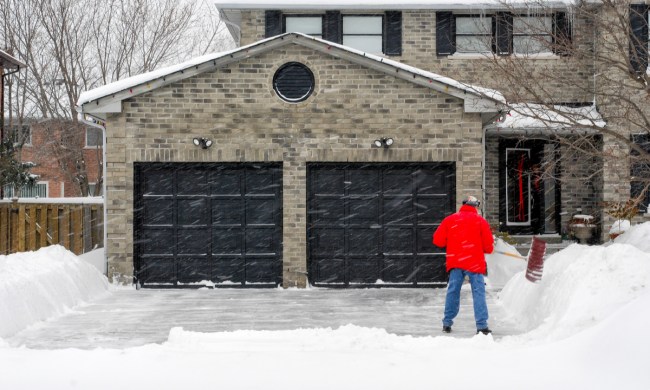Dandelions may look pretty when they first grow, and kids sure love them once they turn to fluffy balls of seeds, but ultimately, they are bad for your lawn. If you have a yard, you have undoubtedly encountered these pesky weeds. So, how do you kill them without killing your grass and keep them from coming back over and over? We’ve got some easy lawn care tips for you below so you can kill dandelions and have a weed-free plot that all of your neighbors will envy that lasts the entire season.

Learn about the enemy
The first step to killing dandelions for good is to educate yourself. Dandelions are part of a subset of weeds called broadleaf perennials, and this variety of weeds is notoriously difficult to remove. The main problem is that once a dandelion plant fully establishes its 10-inch taproot, the weed will come back year after year, hence the name “perennial.” Not only does the pesky plant come back year after year, but it also spreads its seeds around your lawn continually, thus creating more and more weeds.

Consider herbicide
Now that we know that the root is the main problem with dandelions, the key is to kill or remove the entire taproot to rid yourself of the weed. The quickest way to kill dandelions is to spray them with a broadleaf herbicide that will kill the whole plant without damaging the surrounding grass. However, many people don’t want to spray chemicals all over their lawn for many reasons. The most obvious reason to avoid herbicides is that they aren’t great for the environment. Other reasons include pets and children. Many name-brand herbicides instruct you to keep children and pets off the treated area for at least 24 hours, which can be a task as difficult as getting rid of dandelions.
Remove the weed and root
If you don’t want to spray herbicides all over your lawn, your other options are a bit more labor-intensive but will definitely do the trick. The first method is to dig up the dandelion, and this exercise is best completed when the soil is wet. If you can’t dig up the plants right after it rained, use a watering can to moisten the soil around the dandelion and wait a few minutes for the water to soak in. The next step is to work a weeding knife down along the weed base in a few different places. Push the soil away from the plant by wiggling the knife. Once the plant is loose enough, use your hands to pull from the base of the plant gently. If the weed still feels stuck, use the weeding knife to loosen it further and try to pull again. The goal is to get the whole root out with the plant.
Eliminate remaining root material
The next step is to target and kill the dandelion root with herbicide. Though the goal of the previous step is to remove all of the roots, the only way to ensure all of the roots are gone is to treat the hole that the weed came out of. Many natural herbicides will kill any plant life they come into contact with, so be careful during this step to only apply the herbicide to the hole the weed came out of. If you miss, you will kill your grass and any nearby vegetation.
Fill in holes
After the weed and its roots have been removed and treated, you want to fill in the hole, so you don’t have a lawn full of trip hazards. Be sure to fill the hole with a pre-emergent herbicide and soil mix to deter new weeds from taking root in the space. Most pre-emergent herbicides are nonselective, meaning they will kill anything that comes in contact with it, so don’t bother trying to grow grass there this year. Ideally, your existing grass will spread and fill in the holes eventually.

Focus on strengthening your lawn
After you finish all of the steps above, your lawn should be dandelion-free. Now is the time to focus on strengthening your grass so it will be less susceptible to another weed invasion. Follow these tips to keep a healthy and weed-free lawn.
- Water deeply but less often than you feel you should to establish a deep root system.
- Fertilize based on your grass type and follow a regular schedule.
- Cut about one-third of the length of the grass blades at a time. If you cut the grass too short, it will dry out.
If you complete all of the steps above, you will have a dandelion-free lawn to enjoy for the entire season. But beware, those pesky weeds may try to come back next year, so be on the lookout and get to them before they try to settle in and start spreading their seeds.
Want more? Read on further for some more lawn management tips for busy people.






